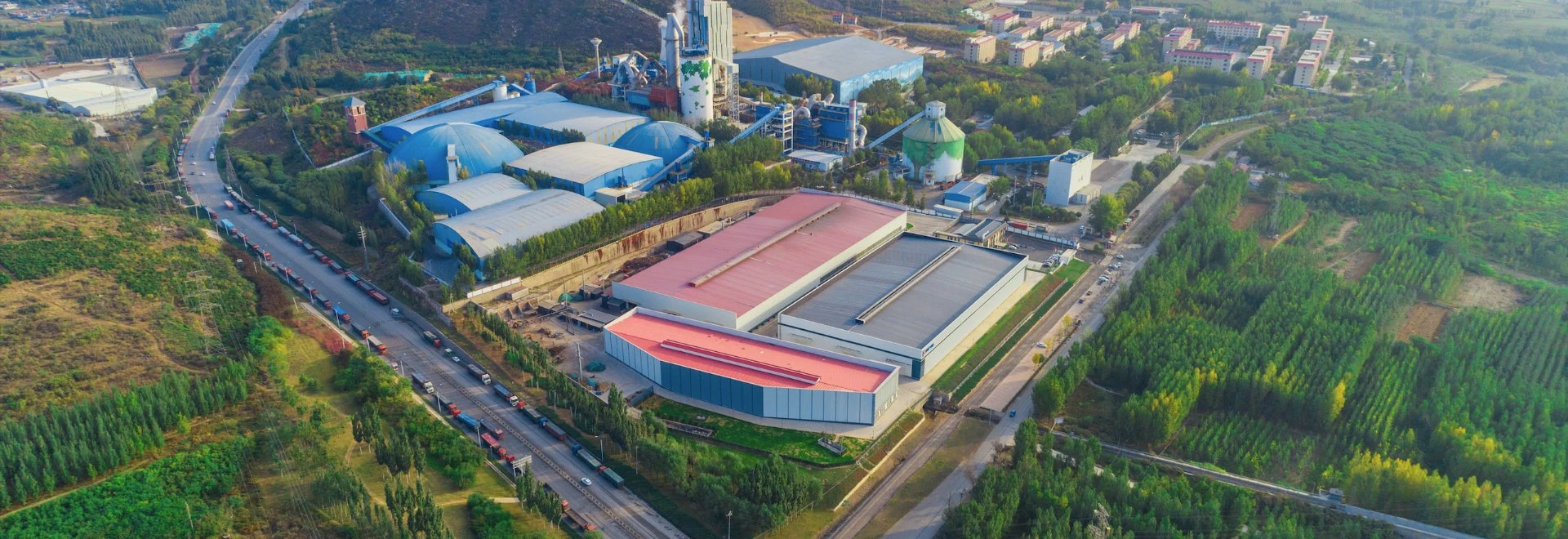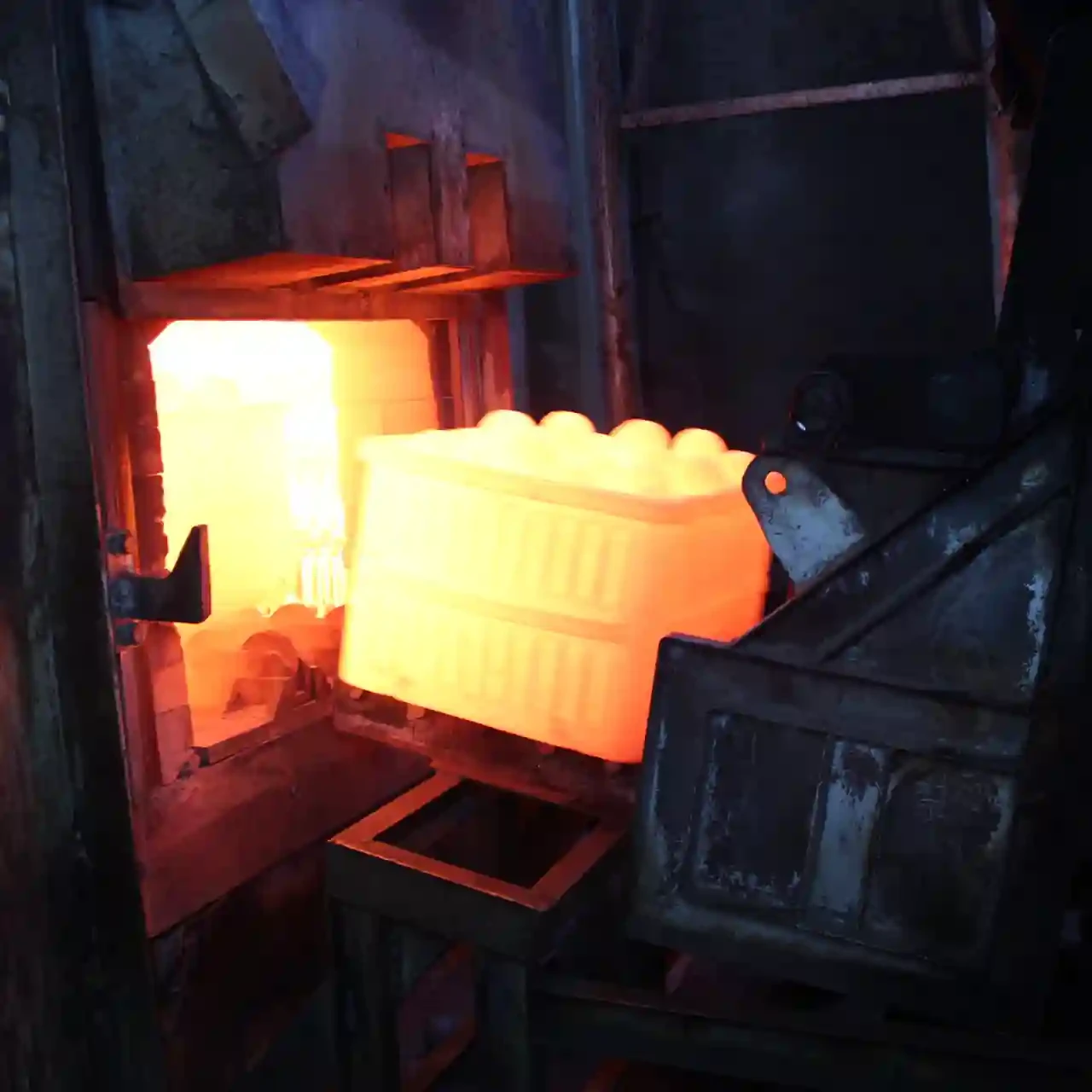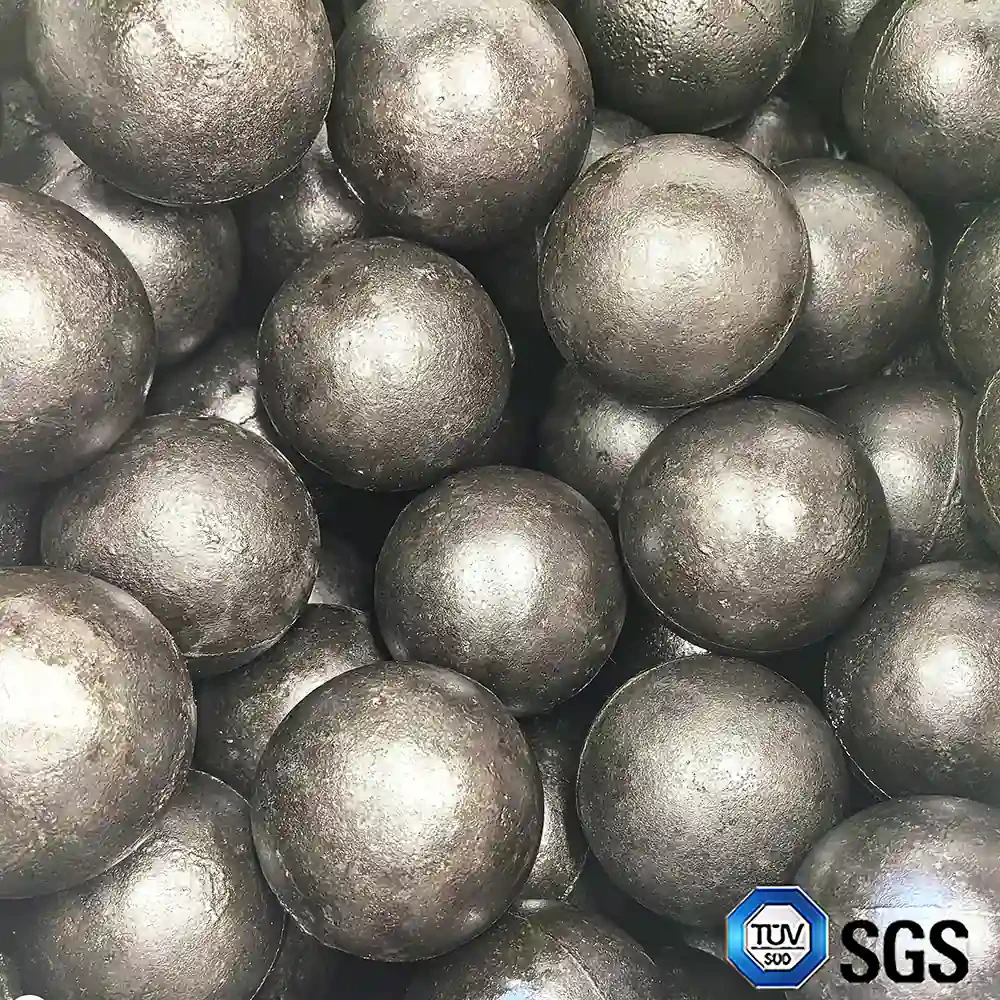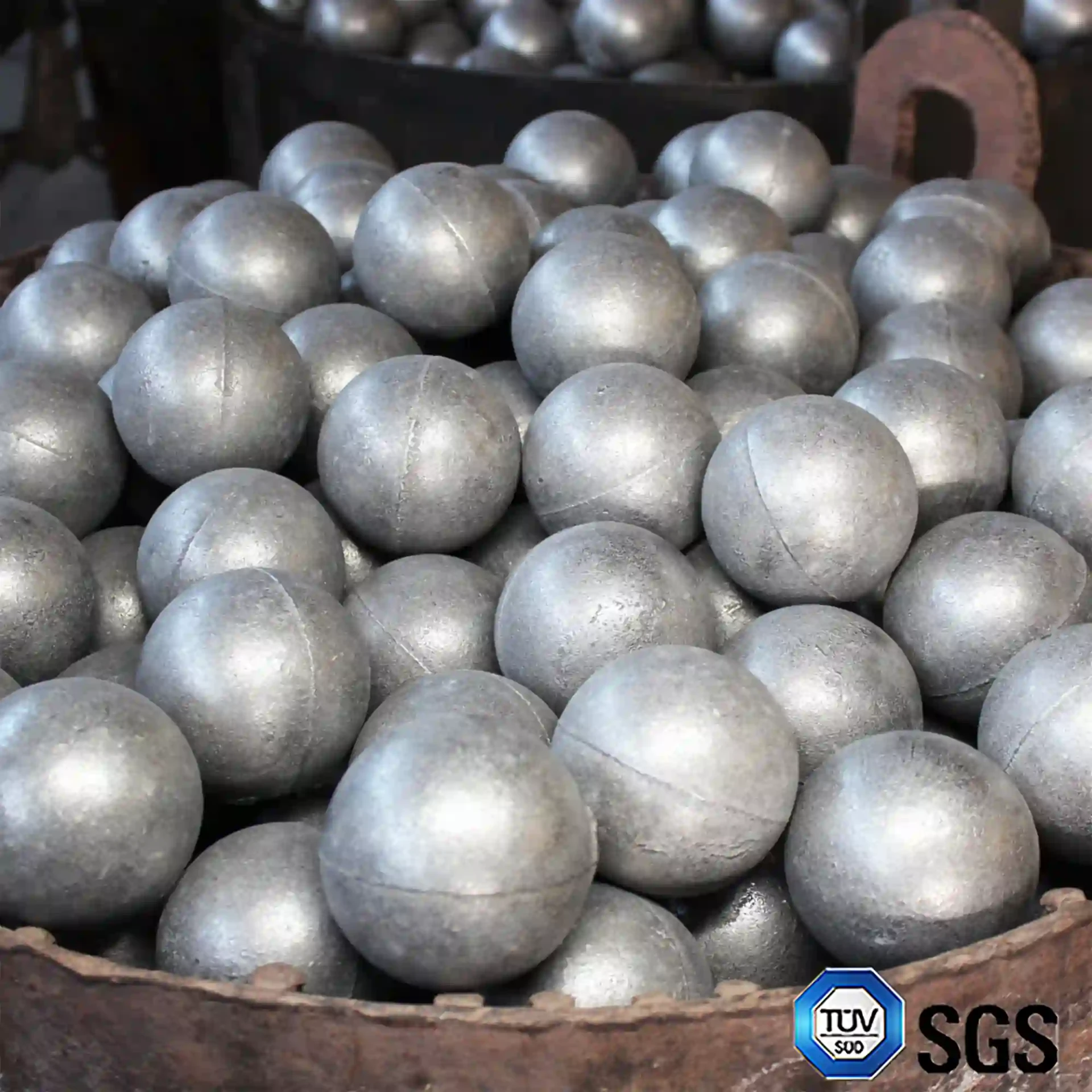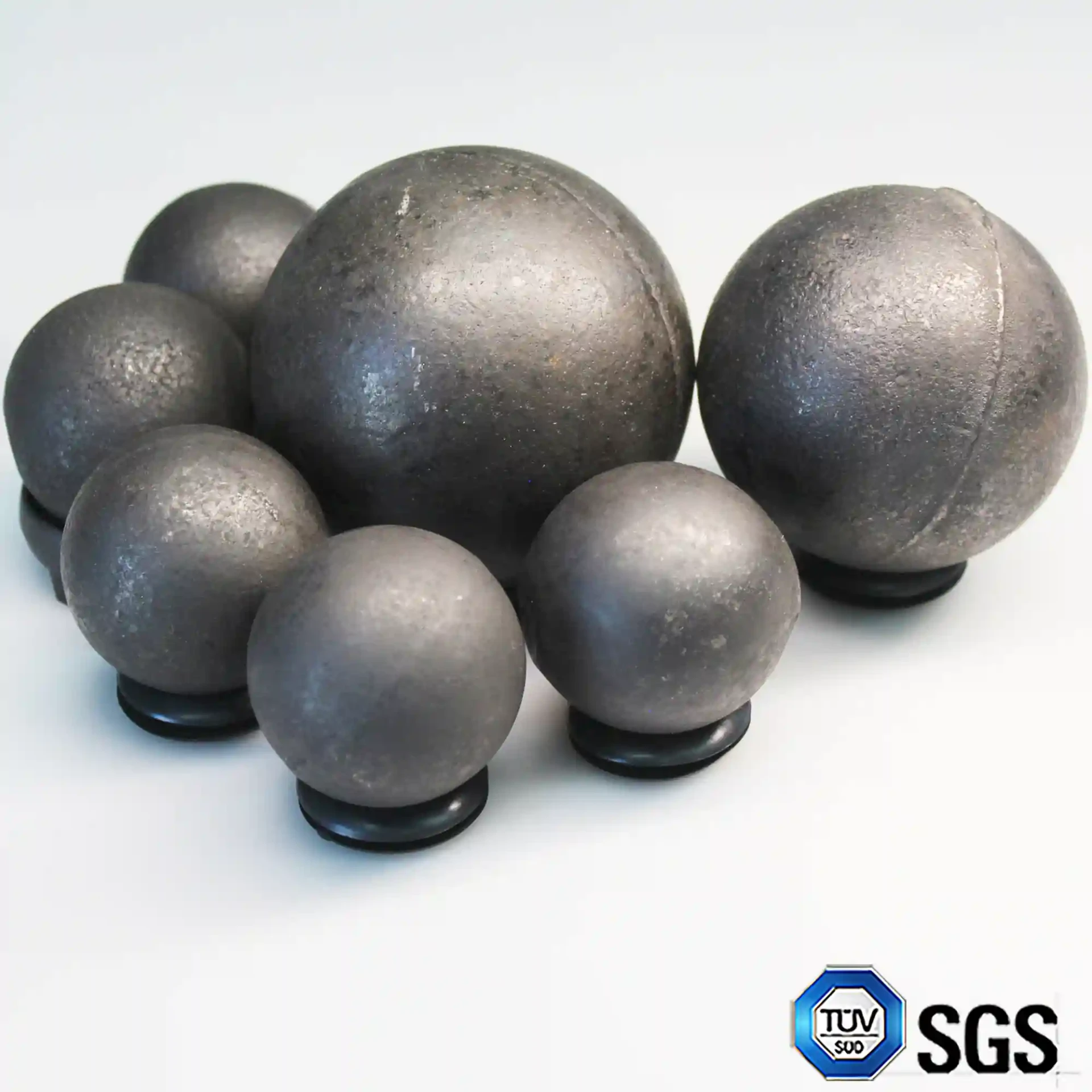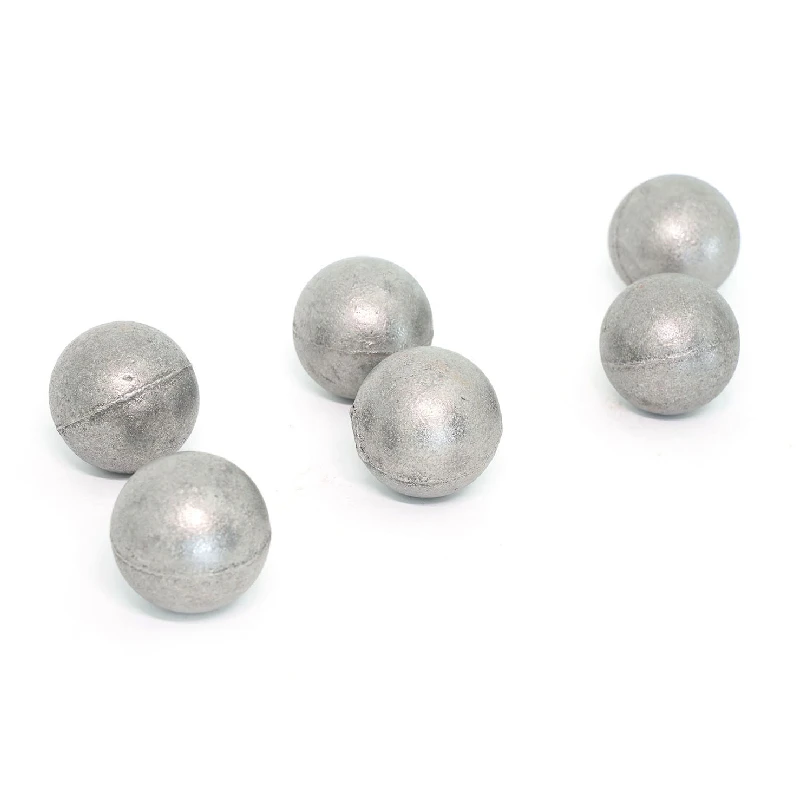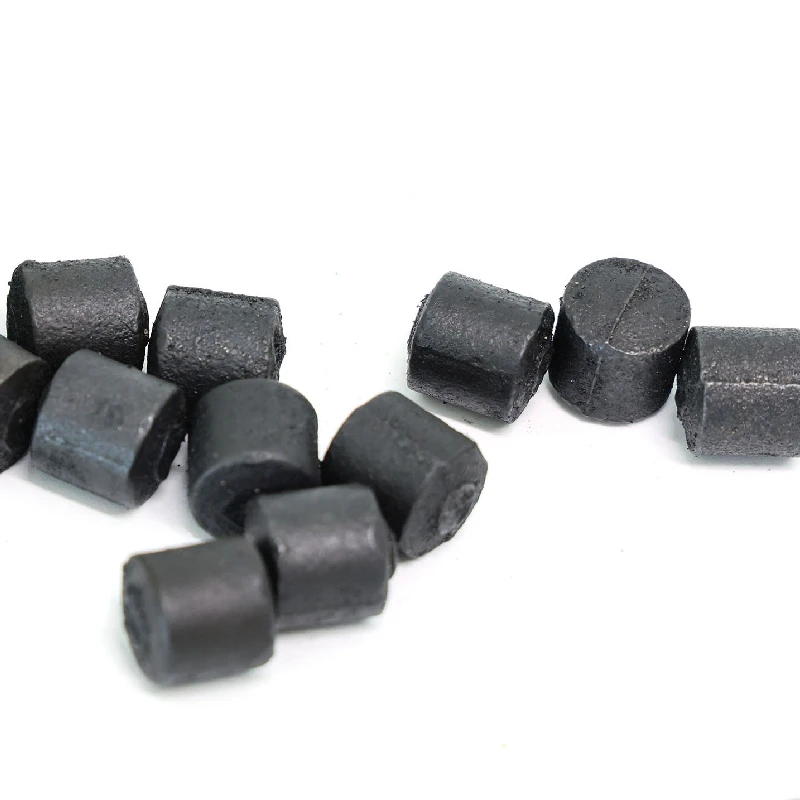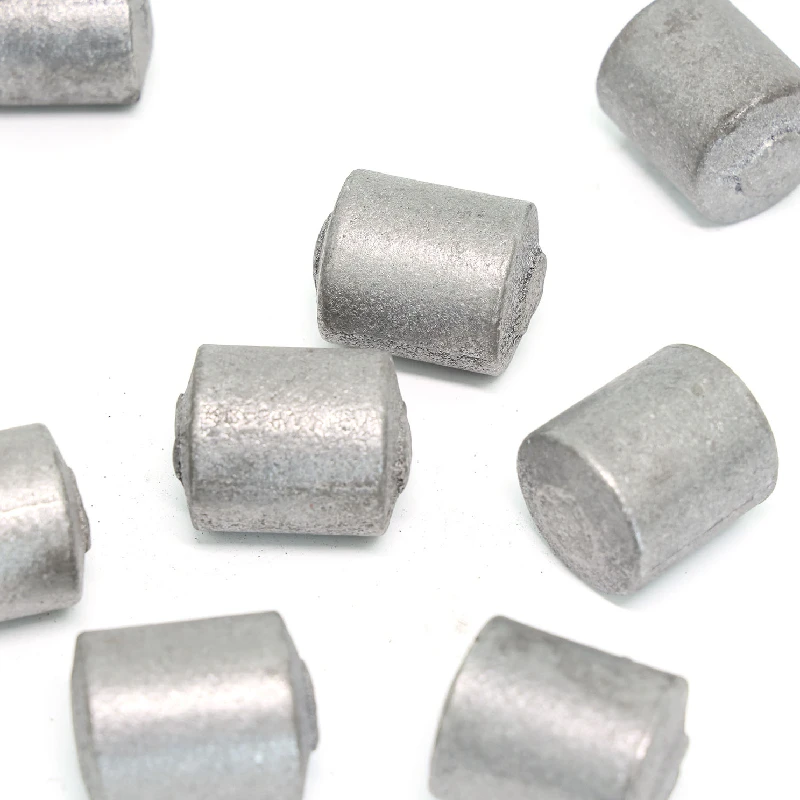Dec . 13, 2024 10:55 Back to list
high manganese steel chemical composition pdf
High Manganese Steel Chemical Composition and Its Significance
High manganese steel is a unique alloy primarily known for its remarkable properties, making it an ideal material in various industrial applications. The chemical composition of high manganese steel is pivotal to its characteristics, influencing its strength, toughness, and wear resistance. Typically, high manganese steel contains between 10% to 14% manganese, with the balance of the alloy comprising primarily iron.
Chemical Composition
The primary alloying element in high manganese steel is manganese (Mn), which enhances the steel's properties significantly. The increased manganese content leads to a high rate of work hardening, allowing the material to become harder as it is subjected to stress and impact. In practical terms, this means that as high manganese steel is used, it becomes tougher and more resistant to wear, making it particularly valuable in applications where materials must endure significant stress.
In addition to manganese, high manganese steel may contain small amounts of other elements. Carbon (C) is also an essential component, usually present in concentrations between 0.8% and 1.5%. The presence of carbon contributes to the hardness of the steel and ensures good wear resistance. Other alloying elements may include phosphorus (P) and sulfur (S), although these are typically maintained at low levels to avoid compromising the steel's ductility and overall performance.
Properties and Applications
high manganese steel chemical composition pdf
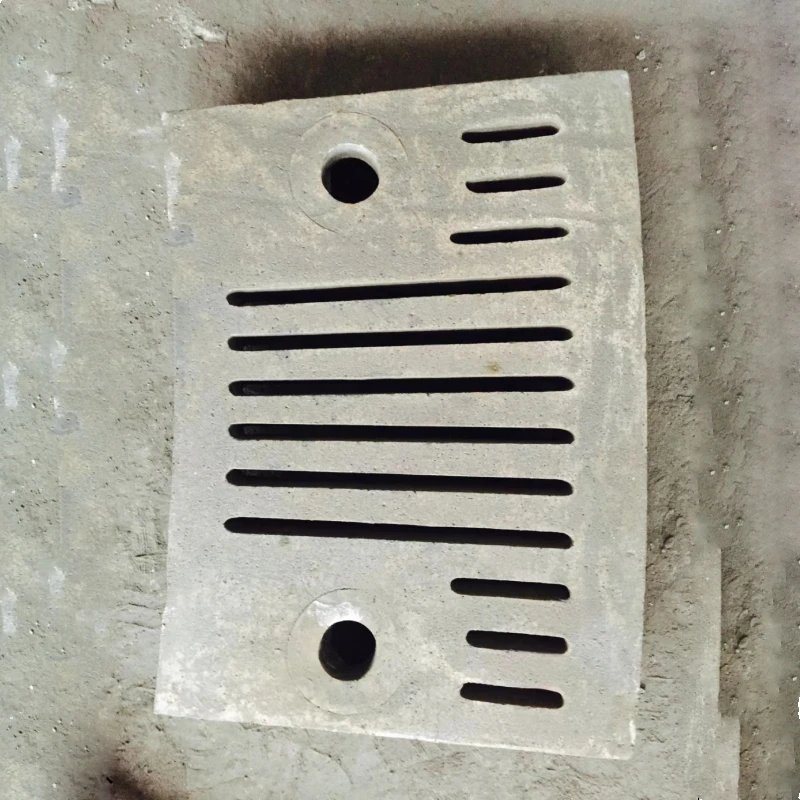
The unique chemical composition of high manganese steel gives rise to several advantageous properties. One of the most noteworthy features is its high impact strength and resistance to abrasion. This makes high manganese steel a preferred choice for applications involving high-stress conditions. For instance, it is commonly used in the mining, construction, and railway industries for manufacturing crusher jaws, grinding mills, and other heavy machinery.
The work-hardening ability of high manganese steel means that it can endure extreme wear conditions while simultaneously becoming stronger. This property has been exploited in the design of railway track work, where high manganese steel plates can withstand the impact of trains while maintaining their structural integrity over time.
Heat Treatment
To optimize the performance of high manganese steel, heat treatment processes are often employed. These processes help to adjust the microstructure of the steel, thereby enhancing its toughness and ductility. The heat treatment often involves austenitizing and quenching techniques, which can improve wear resistance significantly. Post-heat treatment, high manganese steel exhibits a combination of hardness and ductility, enabling it to absorb energy without fracturing.
Conclusion
In conclusion, high manganese steel's chemical composition, characterized by high levels of manganese and specific carbon content, plays a critical role in its performance in various demanding applications. Its ability to work harden, combined with excellent wear resistance and impact strength, makes it a material of choice in industries where durability is paramount. As technology advances and new applications emerge, the exploration of high manganese steel's potential continues, promising innovations and improved materials in the engineering landscape. Understanding its chemical makeup allows engineers and manufacturers to tailor this formidable steel to suit specific needs, ensuring efficiency and reliability in their products.
-
Ultimate Chrome Grinding Ball Solution
NewsAug.12,2025
-
Superior Wear Resistance High Chrome Grinding Ball
NewsAug.12,2025
-
Premium Grinding Cylpebs for Industrial Efficiency
NewsAug.12,2025
-
Industrial Grinding Excellence with Grinding Cylpebs
NewsAug.12,2025
-
Durable Lining Plate Solutions for Industrial Use
NewsAug.12,2025
-
Chrome Grinding Ball Powering Industrial Reliability Daily
NewsAug.12,2025
Realted Products

